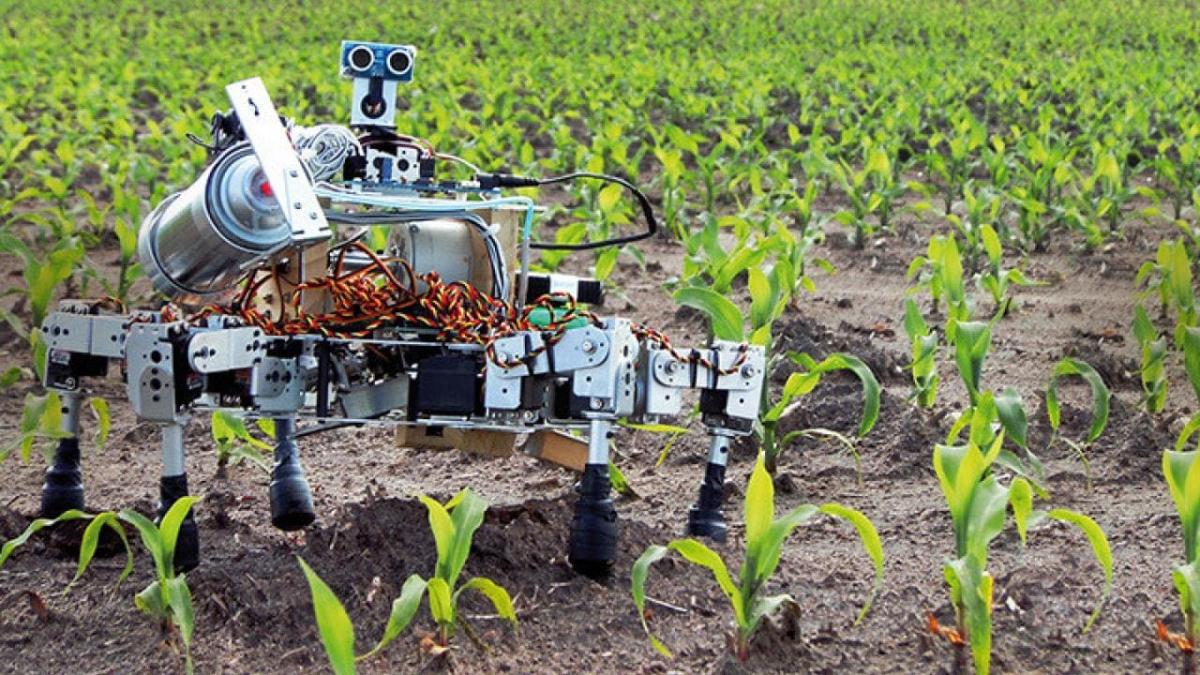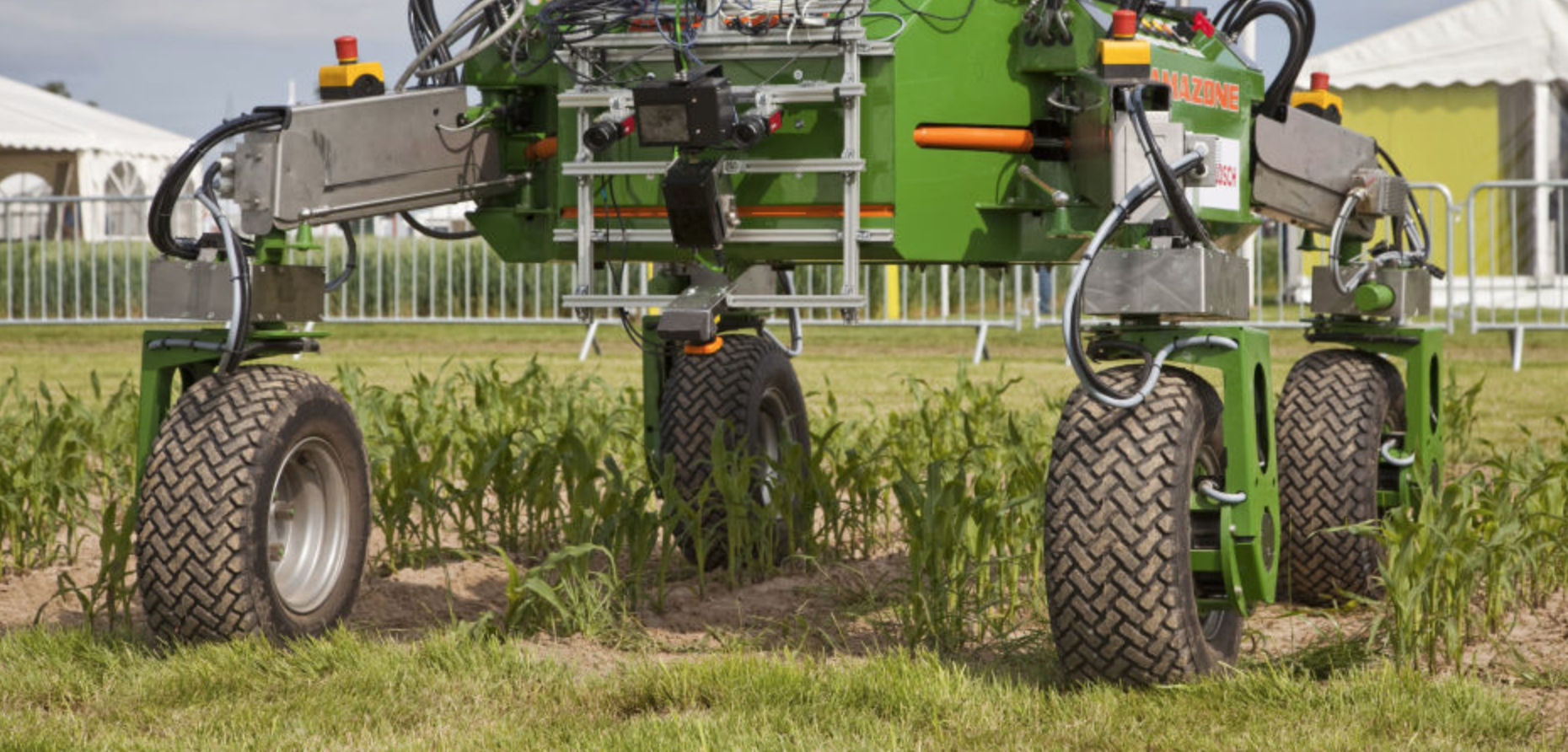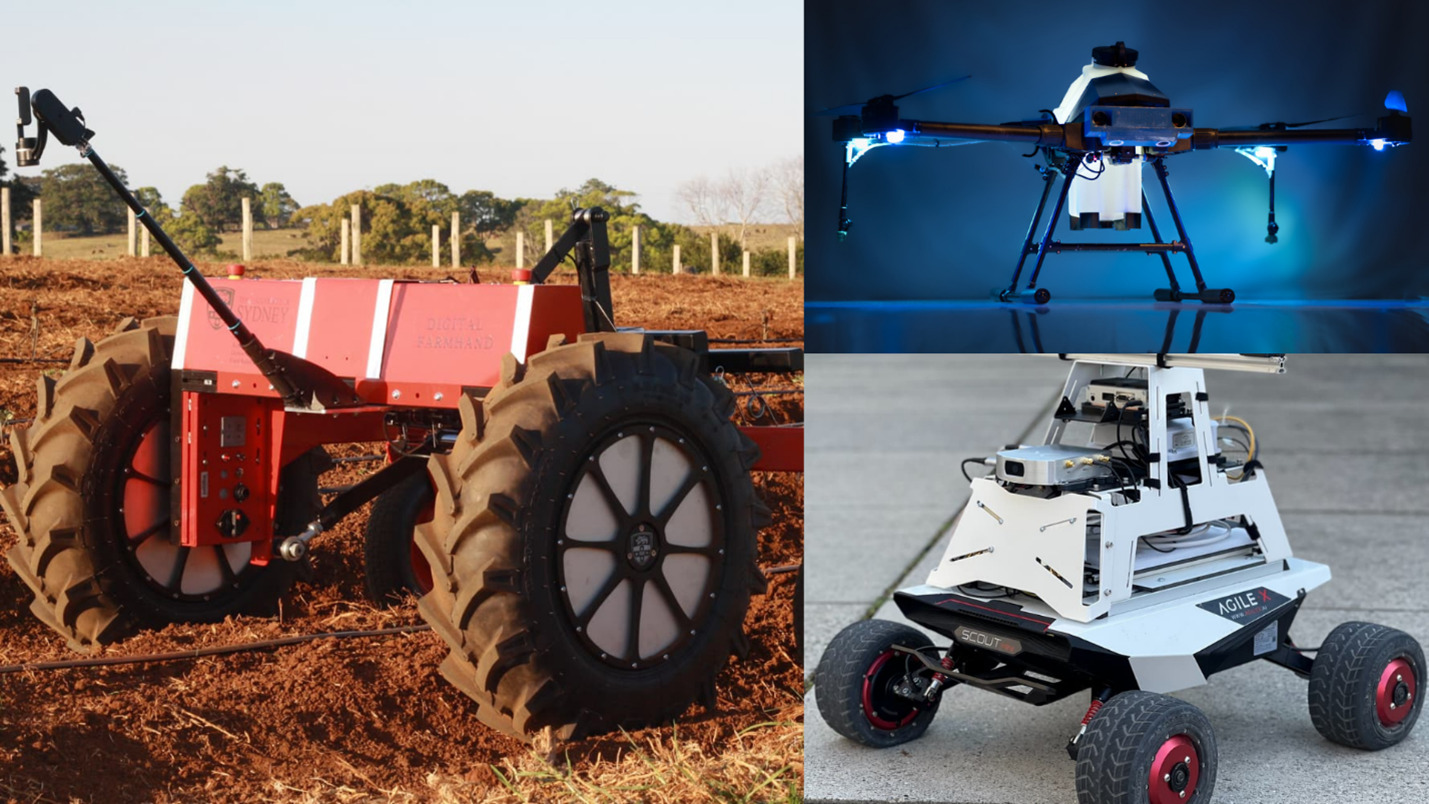The Rise of Autonomous Robotics in Agriculture
Autonomous robotics in agriculture is revolutionizing the way farming is done across the globe. With the advancement of technology, farmers are now able to automate various tasks on the farm, leading to increased efficiency, reduced labor costs, and improved crop yields. From autonomous tractors to drones, these cutting-edge technologies are changing the face of agriculture as we know it.
One of the key benefits of autonomous robotics in agriculture is the ability to increase productivity. By using autonomous tractors, farmers can Plant and harvest crops more efficiently, leading to higher yields and reduced waste. These machines are equipped with sensors and GPS technology that allow them to navigate fields with precision, ensuring that every inch of land is utilized to its full potential.
In addition to improving productivity, autonomous robotics in agriculture also helps to reduce labor costs. With the rising cost of labor and the shortage of skilled workers in many regions, farmers are turning to autonomous technologies to fill the gap. These machines can work around the clock, without the need for breaks or supervision, saving farmers both time and money in the long run.

Furthermore, autonomous robotics in agriculture can also help to reduce the environmental impact of farming. By using drones to monitor crops and detect pests or diseases early on, farmers can reduce the need for harmful pesticides and chemicals. This not only benefits the environment but also ensures that consumers are getting healthier, more sustainable produce.
The Role of Drones in Autonomous Agriculture
Drones have become an essential tool in the world of autonomous agriculture. These unmanned aerial vehicles are equipped with cameras and sensors that allow farmers to monitor their crops from above, providing valuable insights into crop health, irrigation needs, and pest infestations. By using drones, farmers can quickly identify and address issues before they escalate, leading to healthier crops and higher yields.
One of the key benefits of using drones in agriculture is the ability to collect data quickly and accurately. Drones can cover large areas of farmland in a fraction of the time it would take a human to do so, providing farmers with real-time information on the status of their crops. This data can then be used to make informed decisions about irrigation, fertilization, and pest control, leading to more efficient farming practices.

In addition to data collection, drones can also be used for precision agriculture. By using GPS technology, drones can be programmed to follow specific flight paths over a field, capturing detailed images and data along the way. This information can then be used to create detailed maps of the field, identifying areas that may need special attention or treatment.
Furthermore, drones can also be used for crop spraying, reducing the need for manual labor and minimizing the use of pesticides. By using drones to apply fertilizers and pesticides, farmers can ensure that chemicals are being distributed evenly and accurately, leading to healthier crops and a reduced environmental impact.
Autonomous Tractors: The Future of Farming
Autonomous tractors are another game-changing technology in the world of agriculture. These self-driving machines are equipped with sensors, cameras, and GPS technology that allow them to navigate fields with precision, planting and harvesting crops with unmatched efficiency. By using autonomous tractors, farmers can save time, reduce labor costs, and increase crop yields, leading to higher profits and a more sustainable farming operation.

One of the key benefits of using autonomous tractors is the ability to work around the clock. Unlike human workers, these machines do not need breaks or sleep, allowing them to plant and harvest crops continuously, even in the dead of night. This leads to increased productivity and faster turnaround times, ensuring that crops are harvested at their peak freshness and quality.
In addition to increased productivity, autonomous tractors also help to reduce labor costs. With the rising cost of labor and the shortage of skilled workers in many regions, farmers are turning to autonomous technologies to fill the gap. These machines can perform tasks that would typically require multiple workers, saving farmers both time and money in the long run.
Furthermore, autonomous tractors can also help to reduce fuel consumption and emissions. By using GPS technology to optimize routes and reduce overlap, these machines can operate more efficiently, using less fuel and emitting fewer greenhouse gases. This not only benefits the environment but also helps farmers save money on fuel costs, making autonomous tractors a smart investment for the future of farming.
The Impact of Autonomous Robotics on Sustainable Agriculture

Sustainable agriculture is becoming increasingly important in today’s world, as farmers are looking for ways to reduce their environmental impact and conserve natural resources. Autonomous robotics is playing a key role in this shift towards sustainability, providing farmers with the tools they need to farm more efficiently and responsibly.
One of the key ways in which autonomous robotics is impacting sustainable agriculture is through the use of precision farming techniques. By using drones and autonomous tractors to collect data on soil health, moisture levels, and crop health, farmers can make more informed decisions about when and where to plant crops, reducing waste and maximizing yields. This precision farming approach helps to conserve resources and minimize the environmental impact of farming practices.
In addition to precision farming, autonomous robotics can also help farmers reduce their reliance on harmful chemicals and pesticides. By using drones to monitor crops and detect pests or diseases early on, farmers can take action before these issues escalate, reducing the need for chemical treatments. This not only benefits the environment but also ensures that consumers are getting healthier, more sustainable produce.
Furthermore, autonomous robotics can also help farmers conserve water and energy. By using drones to monitor irrigation needs and autonomous tractors to optimize planting and harvesting schedules, farmers can reduce water usage and energy consumption, leading to a more sustainable farming operation. These technologies are essential for the future of agriculture, as farmers strive to produce more food with fewer resources and less environmental impact.
The Challenges and Opportunities of Autonomous Robotics in Agriculture
While autonomous robotics in agriculture offer numerous benefits, there are also challenges that must be addressed in order for these technologies to reach their full potential. One of the key challenges is the high upfront cost of purchasing and implementing autonomous technologies. For many farmers, especially small-scale operations, the initial investment in drones, autonomous tractors, and other equipment can be prohibitive, limiting their ability to adopt these technologies.
Another challenge is the need for specialized training and technical support. Autonomous robotics require a certain level of expertise to operate and maintain, and many farmers may not have the necessary skills or knowledge to use these technologies effectively. Providing training and ongoing support for farmers is essential to ensure that they are able to maximize the benefits of autonomous robotics and overcome any challenges that may arise.
Despite these challenges, there are numerous opportunities for autonomous robotics in agriculture to continue to grow and evolve. As technology advances and becomes more affordable, more farmers will be able to adopt these technologies and reap the benefits of increased productivity, reduced labor costs, and improved crop yields. Governments and organizations can also play a role in supporting the adoption of autonomous robotics in agriculture, providing incentives and funding to help farmers invest in these cutting-edge technologies.
In conclusion, autonomous robotics in agriculture are transforming the way farming is done, leading to increased efficiency, reduced labor costs, and improved sustainability. By using drones, autonomous tractors, and other technologies, farmers can automate various tasks on the farm, saving time and money while producing healthier, more sustainable crops. While there are challenges to overcome, the opportunities for autonomous robotics in agriculture are vast, and the future of farming looks brighter than ever.